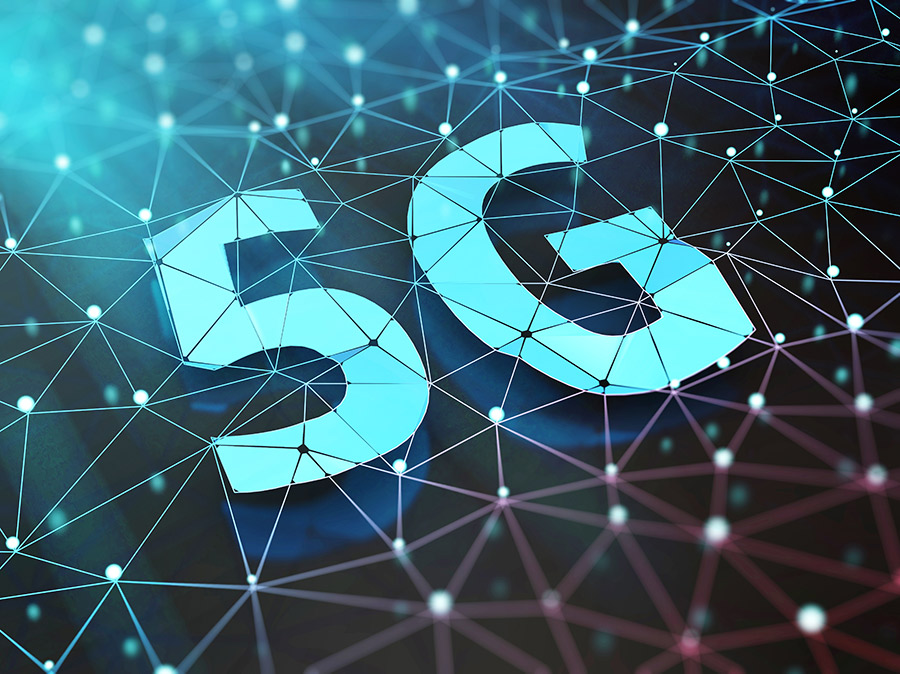Simply put, 5G is the fifth generation of wireless networking technology. Many of us experience 4G speeds on our cell phones, and that has been the most prevalent technology over the last several years. However, 5G is promising to deliver higher Gigabit speeds.
While 4G allows us to stream in HD, 5G will have the capacity to stream 4K HDR content, and so much more making it the new and most wanted wireless tech.
5G is More Than Speed
However, when you think about 5G, you shouldn’t just consider speed. 5G is fast, but it also allows you to shift how many cell sites are required and how many devices you can connect to that cell signal site at one time.
The majority of phone networks being used today rely on 200-foot towers to provide large areas with service. However, 5G sites will be able to connect more devices within that areas at once so it can keep up with the higher demand for service; not only for cell phone signals but also for sensors and cars.
Provides Lower Latency
Lower latency is another goal that 5G strives to achieve. Lower latency is how long it takes the network to respond to a request. Currently, latency times are approximately nine milliseconds, but with 5G, we will see that number drop to a roughly one millisecond response time. This lower latency may prove valuable when it comes to different automotive applications.
These lower latency numbers also mean an improved experience if you use virtual reality or you enjoy playing online multiplayer video games.
Basic Airwave Sets
Currently, there are two different sets of airwaves being prepped for 5G service. These sets include those that are above the 6 GHz mark and those that fall below it. Those that are above that mark are known as millimeter waves or mmWAVE.
These MMWave airwaves in the United States are centered in the 28 GHz and 39 GHz bands while those under the 6 GHz mark fall into the 3.5 GHz band. There is always going to be more availability with the higher spectrum airwaves.
What Companies Will Offer 5G?
The same companies that you use for your phone service today are the same ones that will power 5G service. Among these popular phone carriers, you will find companies based in the United States like AT&T, Sprint, T-Mobile, and Verizon Wireless.
Each launch window is different for each company, so some might experience the power of 5G before others. There is a lot in the way of telecommunications equipment that is being used to support the 5G efforts of these networks. Included in this equipment are new 5G modems and new tower and backhaul gear.
When is 5G Launching?
Verizon announced last October 1 that they launched the first 5G network in the country. However, what was launched is not considered true 5G and is being used in other ways. They are using the 5G technology and not conforming to the industry standards.
Additionally, Verizon’s 5G service is fixed and will only become available in specific markets in Houston, Indianapolis, Los Angeles, and Sacramento. The fixed 5G serves as a fiber or cable replacement, and the signal will be beamed from towers.


